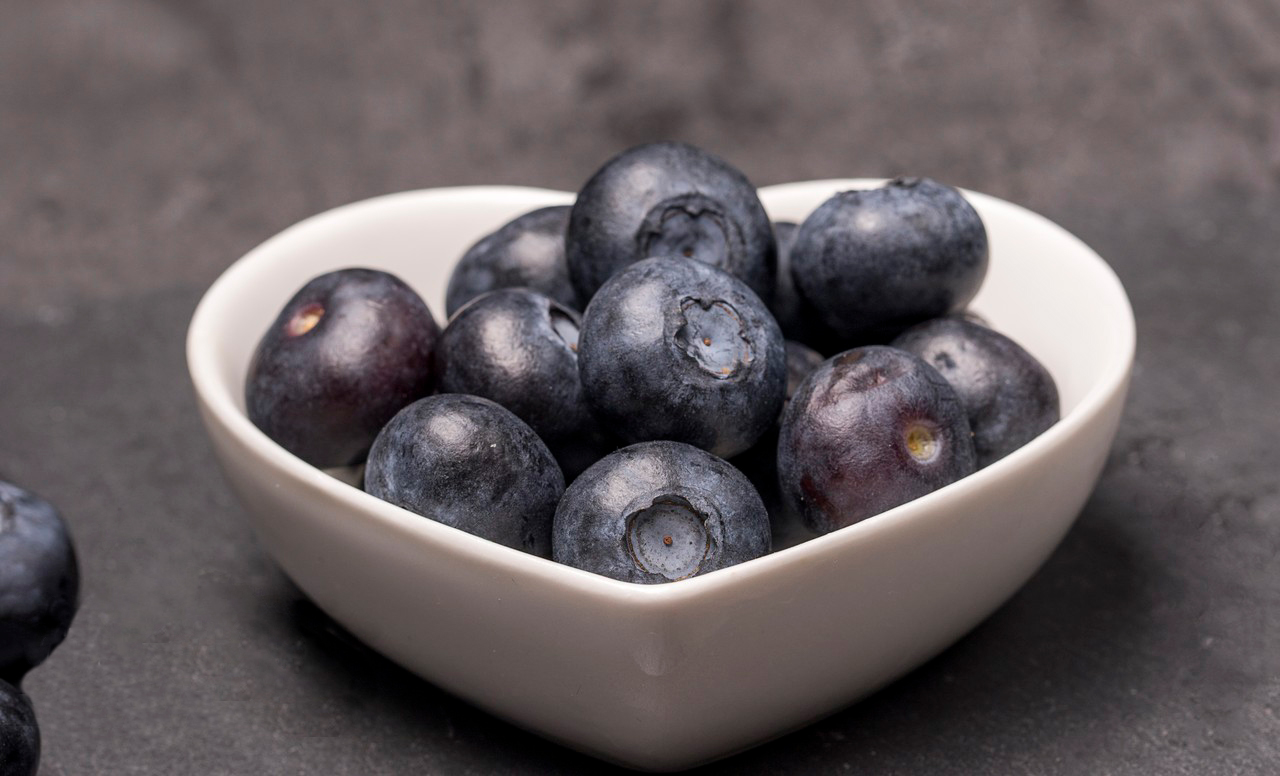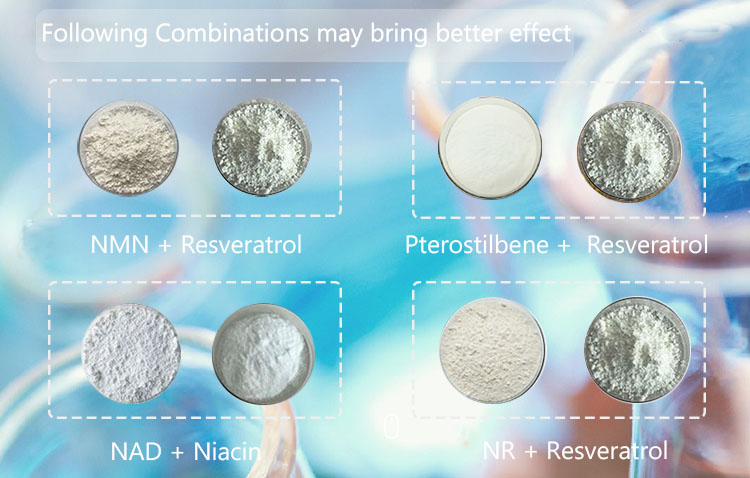Pterostilbene is a natural compound found in certain plants, including blueberries and grapes. It is known for its potential health benefits, including antioxidant and anti-inflammatory properties. If you are looking to conduct research on pterostilbene, here are the typical materials and methods you might use:
Materials of Pterostilbene:
Pterostilbene: You’ll need a source of pterostilbene. This can be obtained commercially or extracted from plants that contain it, such as blueberries or grapes.
Solvents: Common solvents for pterostilbene extraction and analysis include methanol, ethanol, or dimethyl sulfoxide (DMSO).
Laboratory equipment: This includes glassware like beakers, flasks, and pipettes, as well as analytical equipment like HPLC (High-Performance Liquid Chromatography) for analysis.
Cell lines or animal models: If you’re conducting biological experiments, you may need cell lines or animal models to study pterostilbene’s effects.

Reagents: Depending on your experiments, you may require specific reagents for cell culture, staining, or other analyses.
Buffers and media: For maintaining cell lines or conducting in vitro experiments, you’ll need appropriate buffers and cell culture media.
Laboratory safety equipment: Safety goggles, gloves, lab coats, and a fume hood for handling chemicals safely.
Methods of Pterostilbene:
Extraction of pterostilbene: If you’re working with plant sources, you’ll need to extract pterostilbene from them. This can be done using methods like Soxhlet extraction, maceration, or sonication with an appropriate solvent.
Purification and isolation: After extraction, you may need to purify and isolate pterostilbene using techniques like column chromatography or recrystallization.
Characterization: Confirm the identity and purity of pterostilbene using analytical techniques like HPLC, mass spectrometry, and NMR (Nuclear Magnetic Resonance).
In vitro studies: If you’re studying the biological effects of pterostilbene, you’ll need to culture cells and treat them with the compound. Cell viability assays, gene expression analysis, and other cell-based assays can be used.

In vivo studies: If you’re studying the effects in animals, design experiments using appropriate animal models. This might include dosage regimens, administration routes, and monitoring of parameters.
Data analysis: Analyze your data using appropriate statistical methods to draw conclusions about the effects of pterostilbene.
Safety precautions: Follow safety protocols for handling chemicals and biological materials. Ensure ethical considerations are met for any animal studies.
Report and publication: Document your methods and results thoroughly and prepare a scientific paper or report to share your findings with the scientific community.
Remember to consult the specific guidelines and protocols relevant to your research field and to consider any regulatory or ethical considerations when working with chemical compounds and biological materials.
